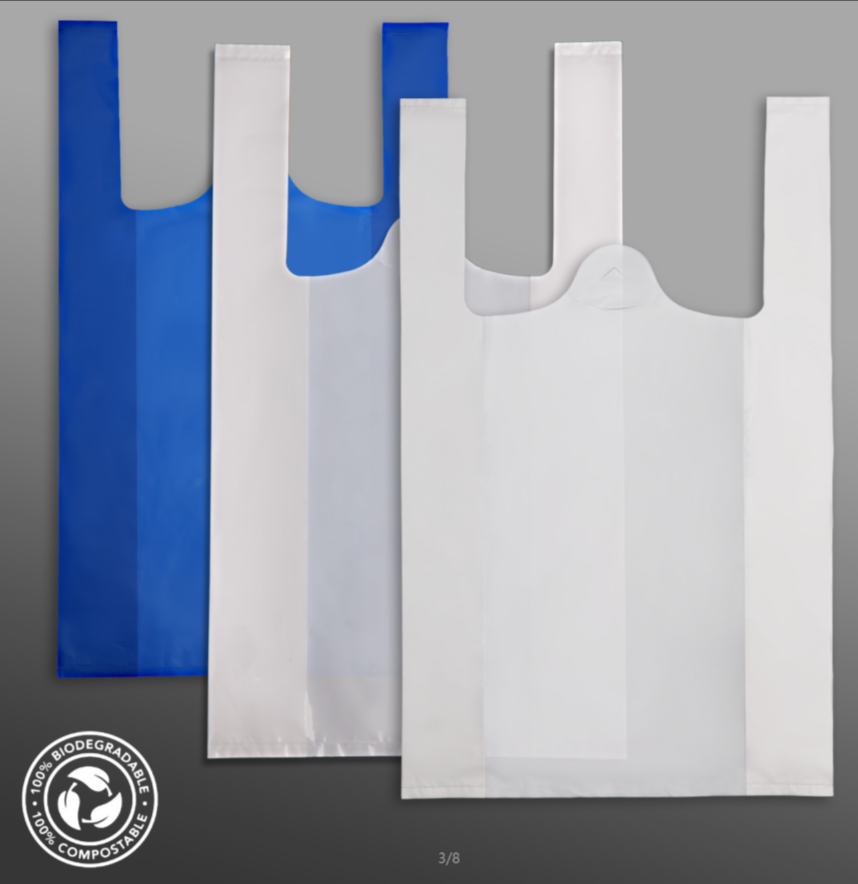Sustainable Stone Paper Packaging Solutions for Eco-Friendly Products and Brands
The Rise of Stone Paper Packaging A Sustainable Solution for Modern Needs
In recent years, the environmental impact of traditional packaging materials has come under scrutiny, driving innovation toward more sustainable alternatives. Among these, stone paper packaging has emerged as a promising solution that not only addresses ecological concerns but also offers several practical benefits. Composed primarily of calcium carbonate and a non-toxic polymer, stone paper is revolutionizing the packaging industry by providing a durable, eco-friendly alternative to conventional materials.
The Environmental Benefits of Stone Paper
The production of stone paper is significantly less harmful to the environment compared to traditional wood-based paper. One of the most compelling aspects is that it does not require trees, which plays a crucial role in preserving forests and biodiversity. By utilizing calcium carbonate, which is abundant and derived from natural sources like limestone, stone paper helps reduce the strain on our forests. Additionally, the manufacturing process is more energy-efficient, requiring less water and producing minimal waste. This makes stone paper a highly sustainable option in a world where environmental degradation is a pressing concern.
Moreover, stone paper is recyclable and biodegradable. Unlike plastic, which can take hundreds of years to decompose, stone paper decomposes in approximately six months under composting conditions. This rapid breakdown minimizes landfill waste and contributes to a circular economy in which resources are reused rather than discarded.
Durability and Versatility
Another significant advantage of stone paper is its durability. Stone paper is water-resistant, tear-resistant, and has a unique texture that gives it a premium feel. This makes it ideal for various packaging applications, from food packaging to luxury product wrapping. The material can withstand environmental factors such as moisture and UV light, ensuring that products remain protected during transit and on store shelves.
stone paper packaging

Furthermore, stone paper is compatible with various printing techniques, allowing brands to utilize vibrant colors and intricate designs without compromising quality. This versatility not only enhances the aesthetic appeal of packaging but also enables brands to tell their stories more effectively to consumers.
Economic Viability
The economic potential of stone paper packaging does not end with its environmental merits and durability. As more companies seek sustainable alternatives, the demand for eco-friendly packaging solutions continues to rise. Brands that adopt stone paper not only contribute to environmental conservation but can also enhance their marketability by appealing to a growing segment of eco-conscious consumers. This movement toward sustainability in packaging is not just a trend; it is becoming a vital component of corporate social responsibility (CSR) initiatives.
Investing in stone paper packaging can provide a competitive edge in an increasingly crowded marketplace. Companies that prioritize sustainability can distinguish themselves and build stronger relationships with customers who value eco-friendly practices.
Conclusion
As the world grapples with the challenges of climate change and environmental degradation, innovative solutions like stone paper packaging present a beacon of hope. By minimizing the reliance on traditional paper and plastic, this material offers an eco-friendly alternative that meets the demands of both consumers and businesses alike. With its blend of durability, aesthetic appeal, and sustainability, stone paper is well-positioned to play a critical role in the future of packaging. As more players in the industry recognize its potential, stone paper could very well become a standard choice, paving the way for a greener, more sustainable future.
-
The Best Uses for Small Trash Bags in Daily LifeNewsJul.01,2025
-
Stylish Reusable Grocery Bags TrendsNewsJul.01,2025
-
Shipping Advantages of Using Bubble Envelopes BulkNewsJul.01,2025
-
How Compostable Mailing Bags Reduce Environmental ImpactNewsJul.01,2025
-
Environmentally - Friendly Bulk Poly MailersNewsJul.01,2025
-
Eco Friendly Custom Laminated Tote BagsNewsJul.01,2025
-
Have the freedom of customizing your custom mailers any way you want! Our dedicated packaging support will help deliver you the mailing experience you need to elevate your shipping experience to the next level! Start making a strong impression on your customers and stand out from your competitors! -
LIYA uses high quality raw materials which directly purchased from large enterprises domestic and overseas such as PetroChina, Sinopec, Sabic, Equate, ExxonMobil, Dow Chemical, Total, and Borouge, ensuring the price advantage and quality of the raw materials. -
LIYA uses high quality raw materials which directly purchased from large enterprises domestic and overseas such as PetroChina, Sinopec, Sabic, Equate, ExxonMobil, Dow Chemical, Total, and Borouge, ensuring the price advantage and quality of the raw materials.





